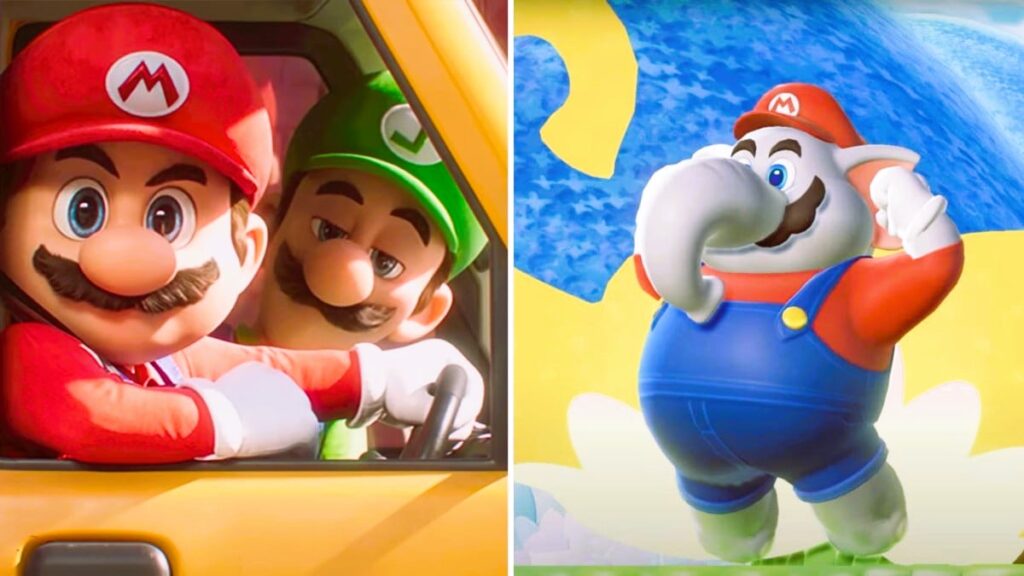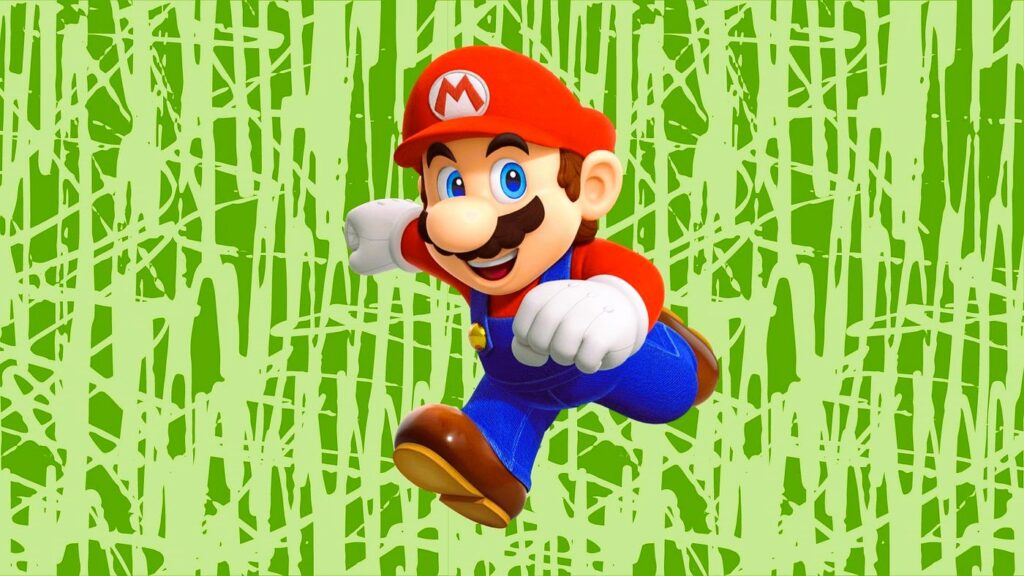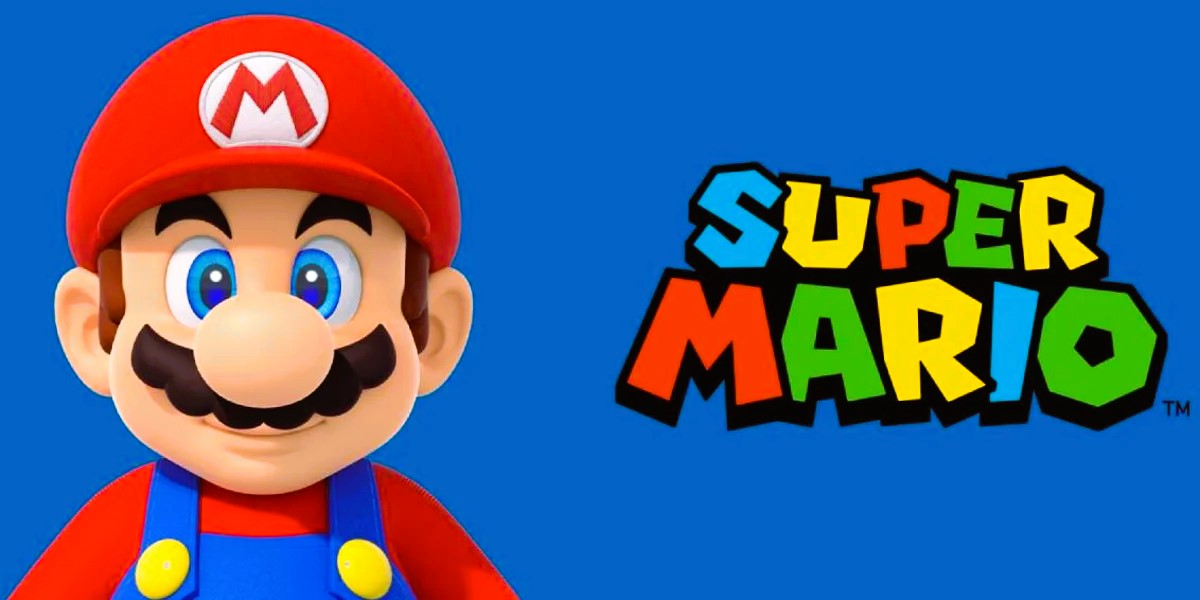Since its debut in 1985, Super Mario Bros. has become one of the most iconic and beloved video game franchises of all time. Created by legendary game designer Shigeru Miyamoto and developed by Nintendo, Super Mario Bros. revolutionized the gaming industry and captured the hearts of millions of players around the world. In this article, we’ll explore the enduring appeal of Super Mario Bros., from its groundbreaking gameplay mechanics to its enduring cultural impact.
A Game-Changing Adventure
Super Mario Bros. introduced players to the adventures of Mario, a plucky plumber on a mission to rescue Princess Peach from the clutches of the villainous Bowser. Set in the colorful Mushroom Kingdom, the game tasked players with navigating a series of side-scrolling levels filled with obstacles, enemies, and hidden secrets.
What set Super Mario Bros. apart from other games of its time was its innovative gameplay mechanics and level design. The game’s tight controls, responsive physics, and intuitive level layouts made it a joy to play, while its sense of exploration and discovery encouraged players to explore every corner of its vibrant world.
Iconic Characters and Timeless Design

At the heart of Super Mario Bros.’s enduring appeal are its iconic characters and timeless design. From Mario and his loyal brother Luigi to the devious Goombas and Koopa Troopas, the game introduced a cast of memorable characters that have become cultural icons in their own right.
The game’s colorful and imaginative world design also played a significant role in its success. From the lush green hills of World 1-1 to the fiery pits of Bowser’s castle, each level was meticulously crafted to provide a unique and engaging gameplay experience. The game’s vibrant visuals, catchy music, and whimsical charm captured the imagination of players young and old, creating a lasting legacy that continues to resonate to this day.
Innovative Gameplay Mechanics
Super Mario Bros. was also notable for its innovative gameplay mechanics, many of which have since become standard in the platforming genre. The game introduced players to concepts like power-ups, warp zones, and hidden secrets, adding depth and replay value to the experience. The influence of pop culture icons: from Star Wars to superheroes, read more in our article.
One of the game’s most iconic power-ups is the Super Mushroom, which allows Mario to grow in size and withstand additional hits from enemies. Other power-ups, such as the Fire Flower and Super Star, give Mario special abilities that help him overcome obstacles and defeat enemies in creative ways.
The game’s warp zones, hidden areas that allow players to skip ahead to later levels, encouraged exploration and experimentation, while its tight controls and precise platforming mechanics made every jump and obstacle feel satisfying to overcome.
Cultural Impact and Legacy
Since its release, Super Mario Bros. has had a profound impact on popular culture, influencing countless video games, movies, TV shows, and more. The game’s success helped to establish Nintendo as a dominant force in the gaming industry and paved the way for future classics like The Legend of Zelda, Metroid, and Pokémon.

Super Mario Bros. also played a significant role in popularizing video games as a form of mainstream entertainment. Its accessible gameplay, colorful characters, and universal appeal helped to attract new audiences to the medium, making it a staple of living room entertainment for generations of players.
Conclusion: The Enduring Appeal of Super Mario Bros.
In conclusion, Super Mario Bros. remains a timeless classic that continues to captivate and inspire players more than three decades after its initial release. With its innovative gameplay mechanics, iconic characters, and enduring cultural impact, the game has earned its place in the pantheon of gaming history and continues to delight audiences of all ages around the world.
For more information on Super Mario Bros. and its impact, visit IGN.

